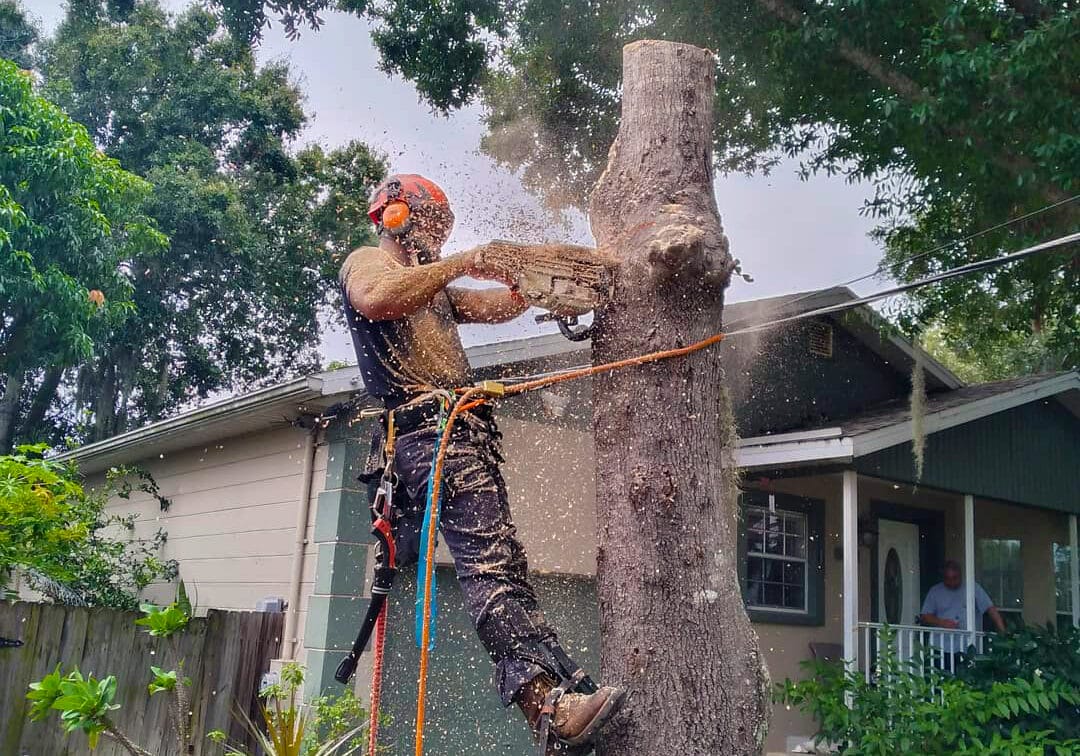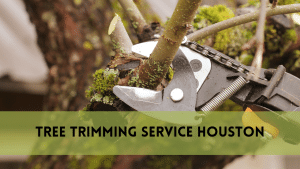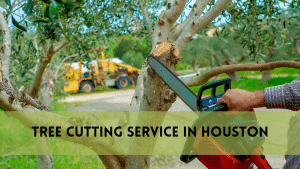Mistletoe, with its festive associations, may be nice during the holiday season, but it’s a persistent and sometimes dangerous parasite in the world of trees. Mistletoe, if left untreated, can weaken and even destroy trees. If you’ve observed this unwelcome visitor on your trees, don’t worry. In this lesson, we’ll look at how to remove mistletoe from trees while keeping their health and vitality intact.
Biology of Mistletoe
Mistletoe is widespread in Alabama and is usually only observed after deciduous trees lose their leaves for the winter. Mistletoe stands out at that time of year because it is the greenest section of the tree canopy. Mistletoe is classified as an obligatory hemiparasite because it has its own leaves. Obligate because it does not grow in the earth and must rely on a host tree to survive, and hemiparastic because it does not rely entirely on the tree for its survival, as a real parasite does.
Mistletoe is a plant that spreads through seed, much like any other plant. Mistletoe fruit is a white berry that becomes extremely sticky when crushed. Because of its stickiness, the seed can easily cling to birds, squirrels, and trees. Mistletoe roots germinate similarly to other plants, although they are not roots. Mistletoe produces root-like structures called haustoria that grow into the sapwood of the tree. The haustoria collect water, nutrients, and carbohydrates directly from the sap stream, clogging the tree’s system.
How Mistletoe Damage Trees?
- Mistletoe is a parasitic plant that attaches itself to the branches or trunks of trees to drain nutrients. It connects to the tree’s vascular system and draws nutrients and water directly from the host.
- Reduced Mistletoe has its own green leaves and photosynthesis, but it also get benefits from the photosynthetic processes of the host tree. Mistletoe expands and thickens over time, shading off the host tree’s leaves and decreasing its ability to create food through photosynthesis.
- Mistletoe frequently produces dense bunches within the canopy of the host tree. Mistletoe clusters’ weight can stress and weaken branches, making them more prone to breaking during storms or severe winds.
- Weakening Trees are More Vulnerable to Pests and Diseases: Weakening trees are more vulnerable to attacks by insects, fungus, and other pathogens. Mistletoe-infested trees become easy prey for these secondary stresses, which might hasten the tree’s demise.
- When mistletoe infestations are extensive, the host tree’s growth may be stunted. It may produce fewer leaves, flowers, and seeds, which may have an influence on its reproductive potential and long-term survival
- A mistletoe-infested tree may have a shorter lifespan if left untreated. Nutrient loss, diminished photosynthesis, and physical stress can all lead to early tree death.
Steps to Remove Mistletoe From Trees
Identify mistletoe
Carefully inspect the tree to identify mistletoe clusters. Mistletoe usually forms dense blushy clumps of green leaves
Assessing
Determine how severe the infestation is, if there are few clusters removal maybe straightforwad
Pruning
For minor infestations, trim mistletoe-infested branches. Cut the mistletoe-containing with pruning shears or loppers. Make the cut several inches below the mistletoe to ensure that all of it is removed. Take care not to harm the tree’s basic structure or bark.
Disinfect Your equipment
It’s critical to disinfect your pruning equipment after each cut to avoid the transmission of mistletoe or other illnesses to healthy sections of the tree. To completely clean your tools, mix one part bleach to nine parts water.
Disposing
Mistletoe Disposal Place the clipped mistletoe branches in garbage bags or containers. Mistletoe can still live and re-establish itself if composted or left on the ground.
Treating the Cut
Some experts advocate using a tree wound dressing or sealant to the cut area after pruning to prevent mistletoe regrowth.
Seek Professional Help
If the infestation is significant or the tree is too huge to prune safely, see a trained arborist or tree care specialist. They can assess the issue and utilize specific techniques to efficiently remove mistletoe.
Chemicals
Chemical treatments can be used to remove mistletoe from trees, but they must be used with caution and with regard for the health of the tree. Chemical treatments are often utilized when other approaches have been unsuccessful,but its not a great method then pruning
Here are some substances that can be used to remove mistletoe:
1.Ethephon:
Ethephon is a plant growth regulator that can be used on mistletoe-infested branches. It operates by releasing ethylene gas, which causes the mistletoe on the tree to fall. Ethephon should be used exactly as directed by the manufacturer.
2. Glyphosate
Herbicides based on glyphosate can be used to treat mistletoe. Because glyphosate is a non-selective herbicide, it must be used with caution to avoid injuring the host tree or other plants nearby. It is often applied directly to the leaves or stems of mistletoe.
3. Triclopyr:
This pesticide can be used to control mistletoe. It should be administered directly to the mistletoe, much as glyphosate. Triclopyr is less likely to harm the host tree, making it a better option in some situations.
4. Dormant oil sprays
These are horticultural oils that can be applied to trees during their dormant season (winter). These oils have the ability to suffocate and kill mistletoe. They may, however, be less effective than other chemical treatments.
Preventing Mistletoe Regrowth:
To keep mistletoe from returning, inspect the tree on a daily basis for any signs of new growth and remove it as soon as possible. Maintaining the overall health of the tree is also important, since healthy trees are less prone to mistletoe infestations.
Improving Tree Health
The healthier your tree is, the better it will be able to resist becoming infested with mistletoe or resisting mistletoe that is already present. Good tree care always starts with generating the least stressful conditions for tree growth possible—good, uncompacted soil with enough quantities of minerals, organic matter, and water.
Mulching around trees achieves several of these desirable circumstances at a low cost while also benefitting the tree’s health. Apply mulch in a 3-inch thick layer over the largest feasible area. A good place to start is to completely mulch the space under the tree’s drip line. Don’t lay mulch against the trunk because this will invite more problems.
FAQs
Is mistletoe harmful to humans or animals?
While mistletoe berries can be toxic if ingested, they are generally not a significant concern for humans or animals. However, it’s advisable to keep mistletoe out of reach of pets and children.
Can mistletoe-infested branches be pruned, or should the entire tree be removed?
In most cases, pruning mistletoe-infested branches is sufficient. Removing the entire tree is typically considered a last resort.
How often should I check my trees for mistletoe after removal?
Regularly inspect your trees for signs of new mistletoe growth at least once a year, especially during the dormant season. Prompt removal of any new growth is essential for prevention.
When is the best time to remove mistletoe from trees?
The ideal time for mistletoe removal is during the tree’s dormant season, typically in late fall or winter. This reduces the risk of harming the tree during removal.
Can I remove mistletoe with chemical treatments?
Mistletoe can be removed by chemical treatments such as ethephon, glyphosate, or triclopyr. They should, however, be used with caution and sparingly to avoid causing harm to the host tree and the environment.
Conclusion
To summarize, removing mistletoe from trees is vital for the health and lifespan of your trees. Mistletoe, being a parasitic plant, can drain nutrients and damage its host tree over time. To effectively remove mistletoe, choose the correct removal procedure (pruning or chemical treatment), and use the relevant treatments during the tree’s dormant season.
Regular monitoring and preventative measures, such as maintaining the overall health of your trees, are critical in preventing mistletoe reinfestation. Whether you choose to do it yourself or hire a professional, removing mistletoe ensures that your trees can thrive without this unwanted guest.





